




Check out our podcast episode here:
Remember exoplanet K2-18b?
Dr. Luis Welbanks and Dr. Matt Nixon did, and have a lot to say about what a positive detection of an inhabited world beyond Earth will actually look like.
bigthink.com/starts-with-...
#space #astrobiology #astro
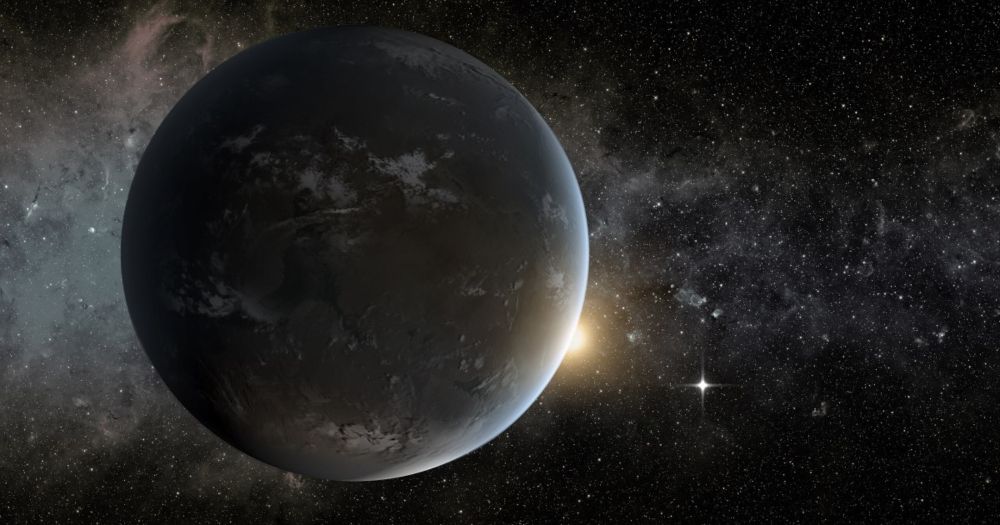
Check out our podcast episode here:
Can you guess these regions of sky?
This is just a small peek...join us at 11am US EDT for your full First Look at how Rubin will #CaptureTheCosmos! 🔭🧪
#RubinFirstLook
ls.st/rubin-first-look-livestream
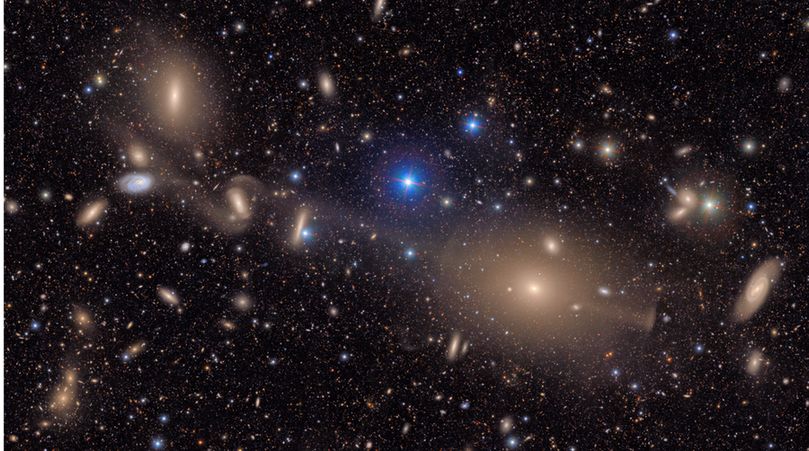
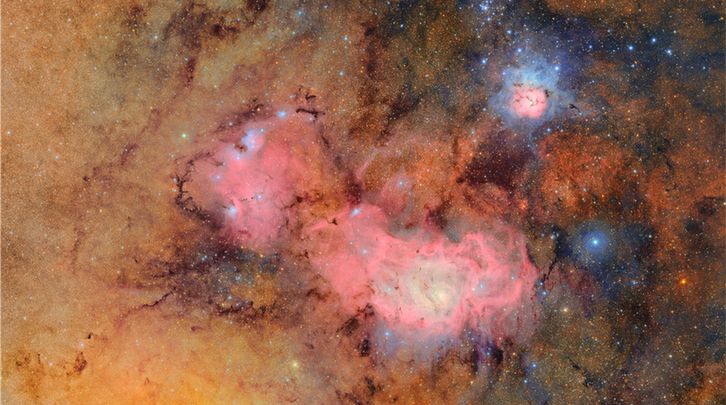
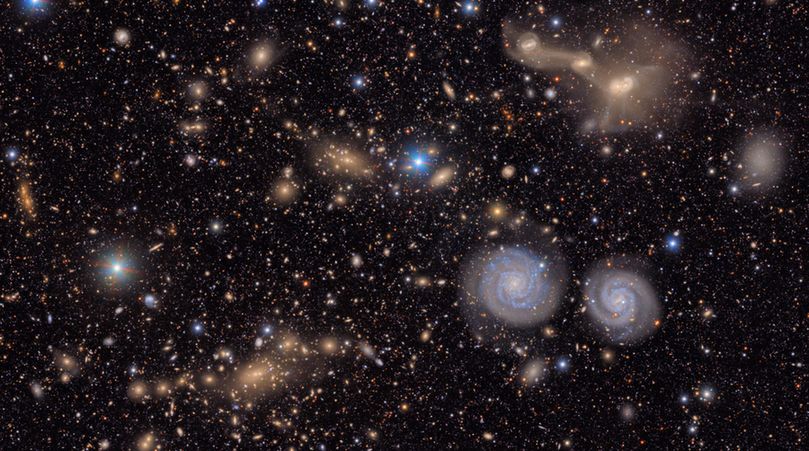
Can you guess these regions of sky?
This is just a small peek...join us at 11am US EDT for your full First Look at how Rubin will #CaptureTheCosmos! 🔭🧪
#RubinFirstLook
ls.st/rubin-first-look-livestream

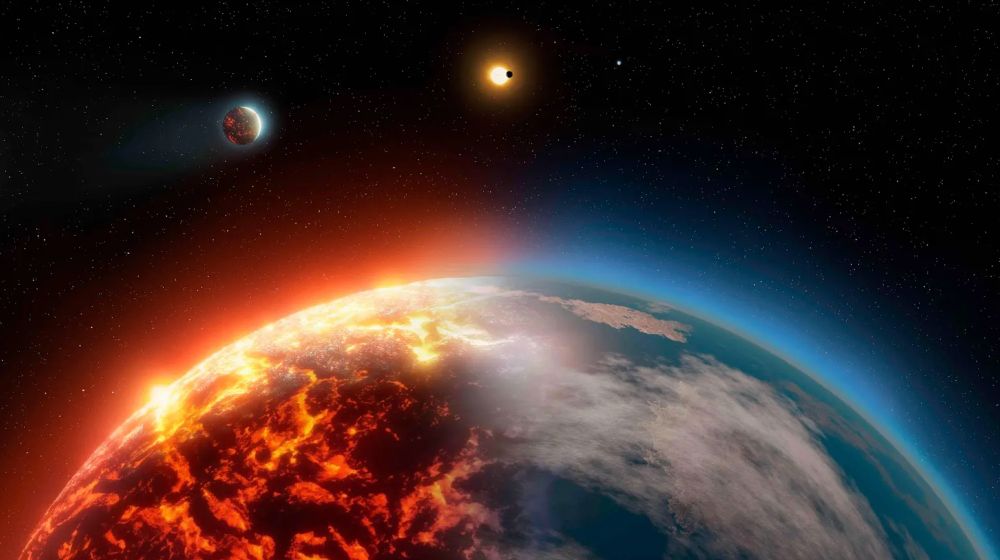
youtu.be/PvH-GU2FkEw

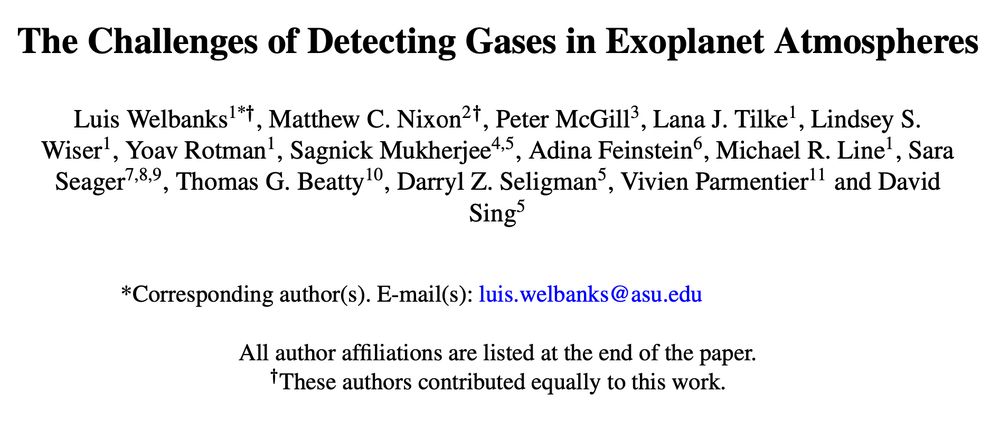
A core part of the 51 Peg Fellowship is community—and I’m excited to build one alongside them. We’re ready to push boundaries, think creatively, and make the most of this moment. 🪐🚀
🔗 bit.ly/41WLH48


